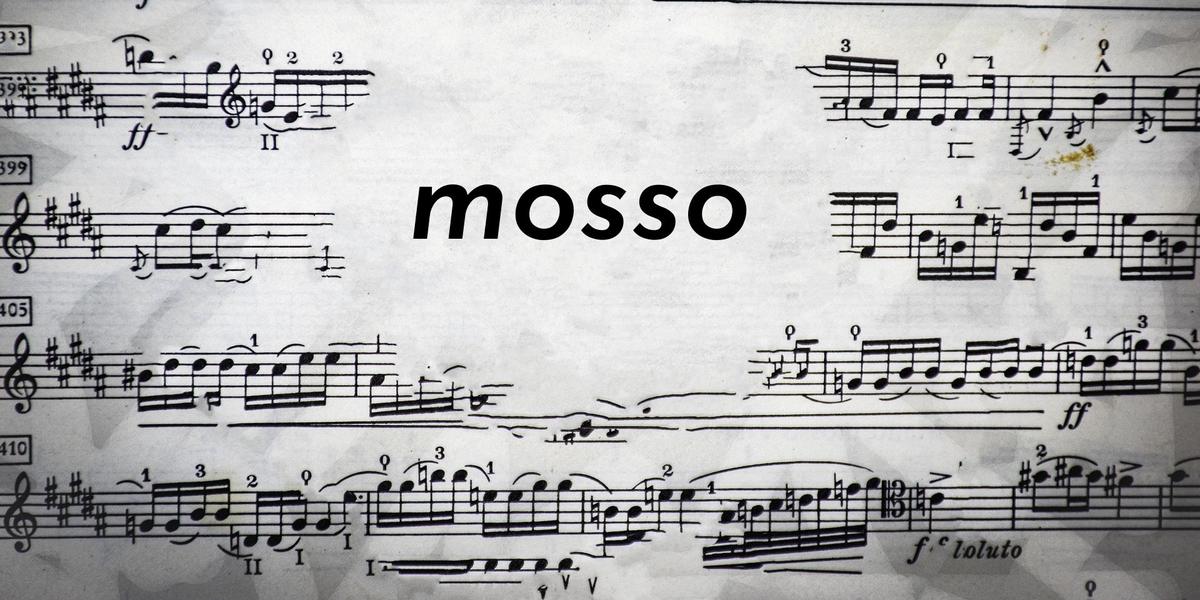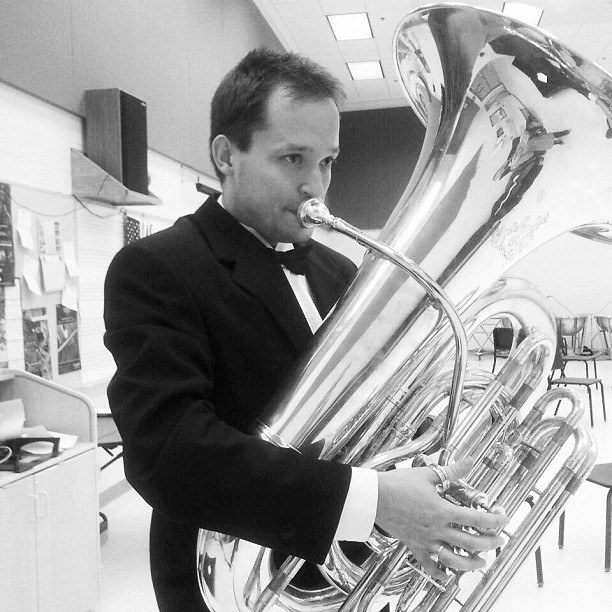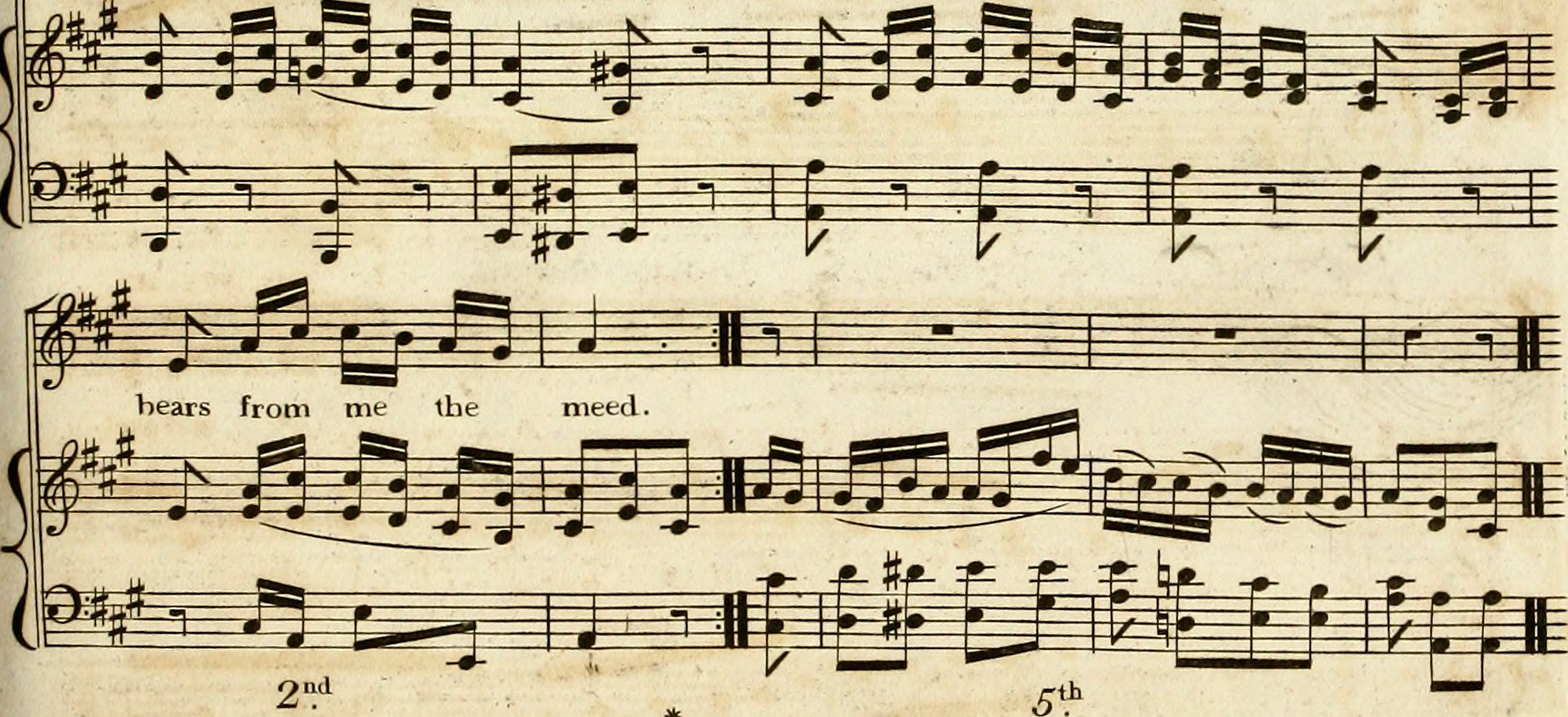There are so many different ways of expressing tempo in a piece of music, many of which come from the Italian language. In this article, we’ll dig into the different ways that composers indicate movement, or mosso in Italian, in the music.
When you first learn about tempo, you’re usually confronted with tempo markings like allegro or andante, which typically are prescriptive in regards to the intent of the composer.
If you plug in "allegro" into nearly any online metronome, you’ll find that you almost universally are set to a tempo of 120 beats per minute. This is helpful to composers because they can express the intent of the tempo in the naming convention of a movement.
If I, as a composer, were to write a multi-movement work that features an allegro section, you’d have a pretty good idea about the character of this movement. And with how prolific many composers were, it would be a pain to give every piece of music and every movement within each piece a descriptive name.
Mosso
You’ll notice that it’s much less common to see a movement titled “mosso.” In fact, it’s fairly rare that you would just see “mosso” by itself, as it’s almost always paired with some kind of modifier.
Here’s the analogy I like to use when thinking about mosso tempo markings:
I’m driving down the highway with my wife. The highway is marked with a speed limit of 65 miles per hour. The speed limit is akin to our tempo marking, let’s say allegro.
Now let’s say I’ve got my pedal to the metal and I’m going 85mph. Vivace all the way!
My wife says, “Slow down!” Notice she doesn’t tell me, “Go 65mph!” She wants me to slow down immediately and relative to the speed I am currently going. And as a diligent musician/driver, I listen to her and modify my speed.
On the other hand, we’re on the same highway and I’m going 50 in a 65. But she’s about to deliver a baby and time is of the essence. “Dan, hurry up!” No need to specify my exact speed, but she knows we need to get a move on!
Piu and Meno
Okay, so we’ve identified the need to describe movement relative to our current tempo. So what are the modifiers that we can use with the word mosso?
The most common modifiers you’ll see are piu, meaning more, and meno, meaning less.
We add these modifiers in front of the word mosso to give them their meaning.
Molto and Poco
But simply saying more movement and less movement isn’t very descriptive. What if we want to go a lot faster, or way slower?
Molto means very, and poco means a little. We can use these in combination with piu and meno to get combinations like poco meno mosso on un poco piu mosso.
The List of Mosso Tempo Markings
Given what we’ve learned about different combinations of qualifiers to create a variety of tempo indicators, let’s see them in action:
Molto piu mosso
Much more movement, much more quickly
Piu mosso
More movement, more quickly
Poco piu mosso
A little more movement, a little quicker
Pochissimo piu mosso
Slightly more movement, slightly quicker
Mosso
Generally indicating more movement
Pochissimo meno mosso
Slightly less movement, slightly less quickly
Poco meno mosso
A little less movement, a little less quickly
Meno mosso
Less movement, less quickly
Molto meno mosso
Much less movement, much less quickly
Is this list exhaustive? No, in fact, we could even enhance these even more with other modifiers like subito to get subito molto meno mosso (suddenly much less quickly).
Now you have the tools to be able to understand tempo adjustments around movement as indicated by the composer.




